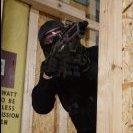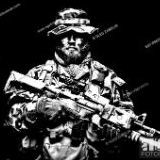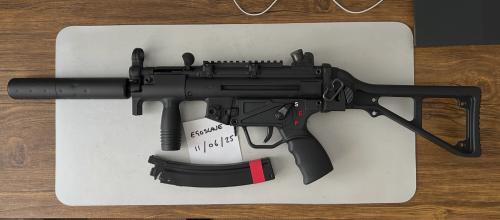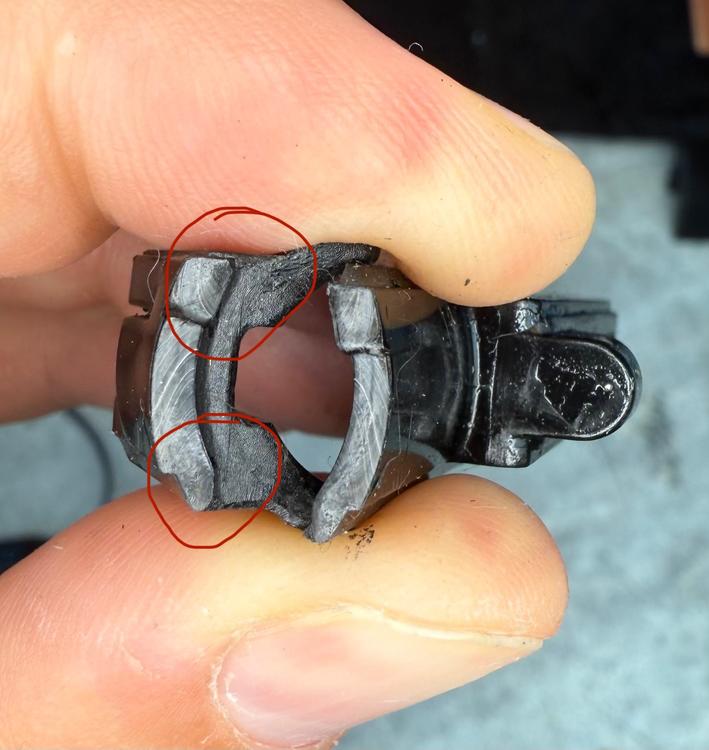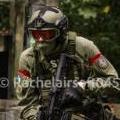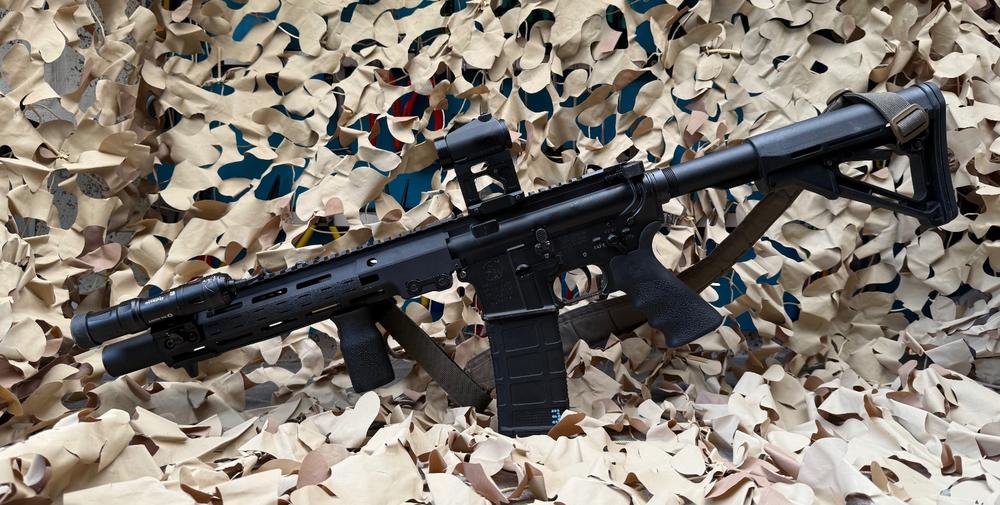
SSPKali
-
Posts
667 -
Joined
-
Last visited
-
Feedback
100%
SSPKali's Achievements
-
Fitted a 4uad hop rubber and Unicorn 210mm barrel to my MWS. Once the hop was dialled in and ~100 BBs put through it to set the NPAS (open a little more!) and I have it running 0.95 - 0.98j on 0.28g and 0.98 - 1.01j on 0.32g
Slightly shorter barrel reduces joule creep, even more than the stock 250mm TM or the 250mm Crazy Jet.
Accuracy from some bench rest shots at 10m seems good, will do a proper vice test tomorrow. Given that it is still 28deg in the shed I might rechrono once it isn’t as hot as satans armpit!
-
Anyone else had FPS issues with GM MWS mags? 282fps….88fps…282fps…87fps….and on and on. Sometimes it would be 3-4 full power shots then a weak dribble. G&P and TM mags were fine.
-
Ordered 3 of the GM Pmags for the MWS - two of the three are pissing gas out the outlet valves and the casing almost as fast as I can fill them!
The one that does work is nice and consistent, shame the other two are lemons! See what the retailer says…


